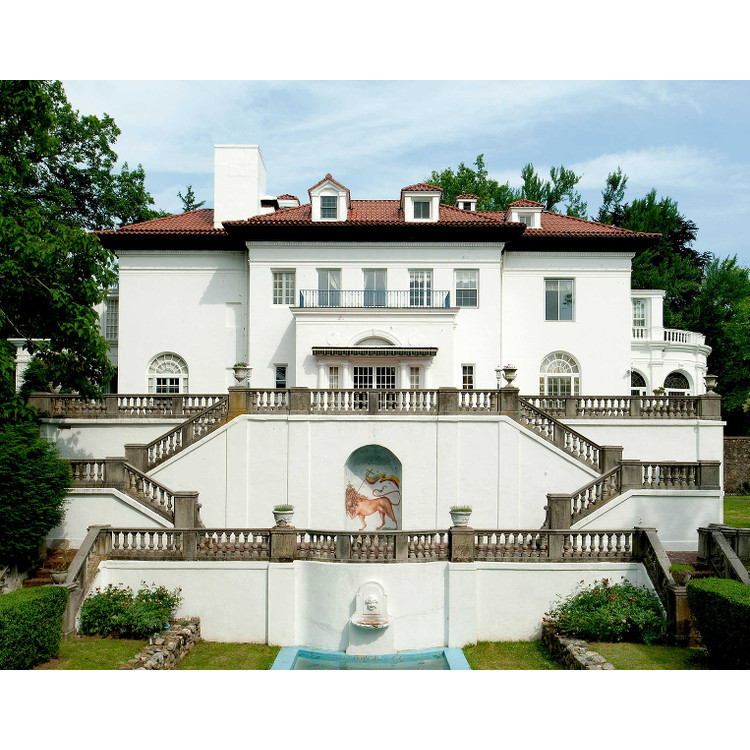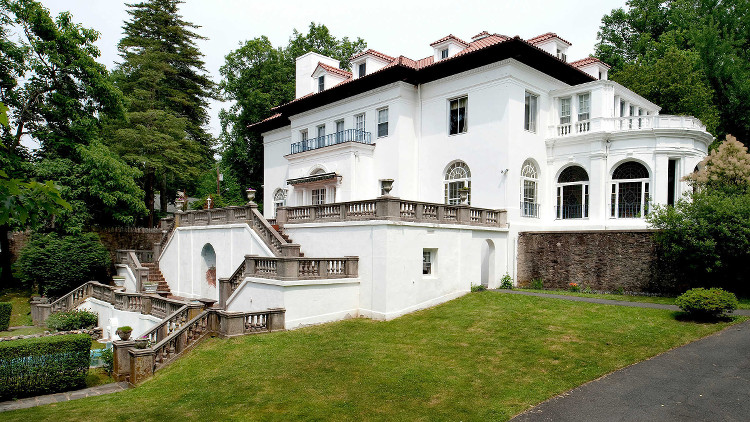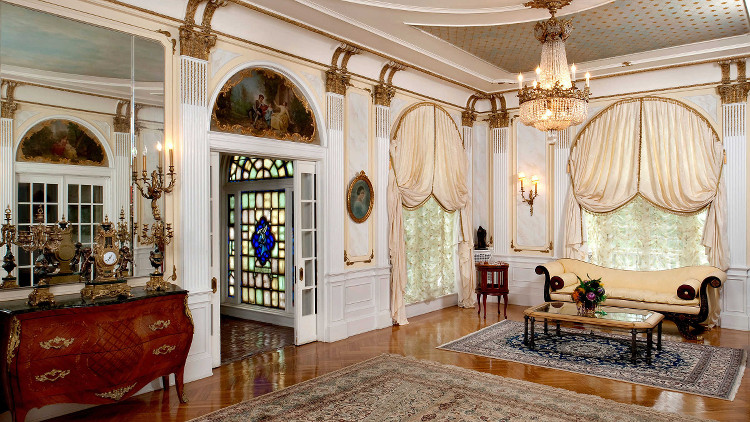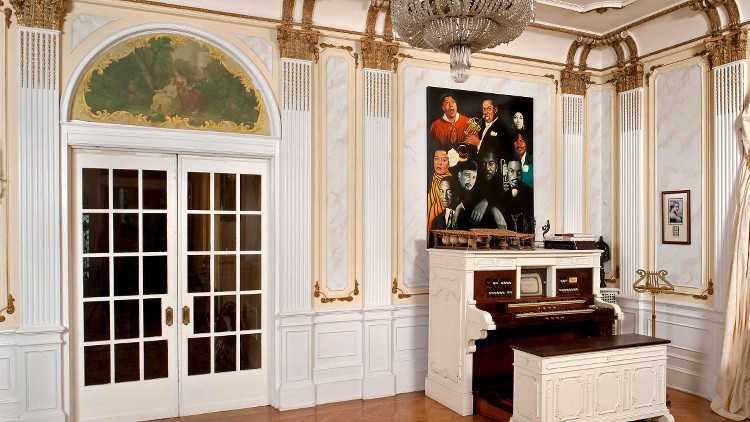
The story of pioneering African-American beauty entrepreneur Madam C.J. Walker continues to serves as an inspiration to black women all over the world. A new effort, launched by the National Trust for Historic Preservation, hopes to protect Walker’s legacy by restoring and maintaining her former home.
Walker, who worked as a washerwoman for most of her life, launched her namesake line of beauty and haircare products in 1906 and soon became a multimillionaire. At the height of her business, she employed approximately 23,000 agents, who sold her products throughout the country.
In 1918 Walker had a palatial mansion, known Villa Lewaro, built in Irvington-on-Hudson, New York. It was designed by Vertner Tandy, the first licensed black architect in the state of New York. Villa Lewaro was named for Walker’s daughter Leila Walker Robinson, by taking the first two letters of Leila’s, first, middle, and last name. Walker was the first African-American to own property in the affluent suburb, which was also home to families like the Rockefellers and the Goulds. Though Walker only lived in the estate for a year before her death in 1919, Villa Lewaro also served as a getaway for many Harlem Renaissance artists.

Lelia, who later modified her name to A’Lelia, lived in the estate for years after her mother’s death. The estate was bequeathed to the NAACP after her death in 1931. Facing the Great Depression, the organization was forced to sell Villa Lewaro almost immediately. The property changed hands several times over the next 60 years, until it was purchased by Ambassador Harold E. Doley Jr. and his wife, Elena in the early 1990’s.


The Doley’s restored the property and have maintained it since then, but are now looking to sell. The couple is working with the National Trust for Historic Preservation to find a buyer who will preserve Villa Lewaro, which was designated a National Historic Landmark in 1976.
The National Trust for Historic Preservation also aims to produce a documentary about Madam C.J. Walker and her legacy.
Images via Historic New England/David Bohl.




